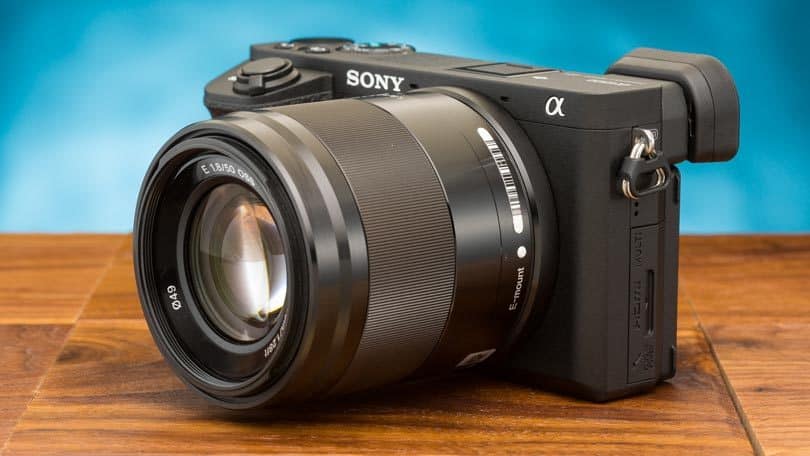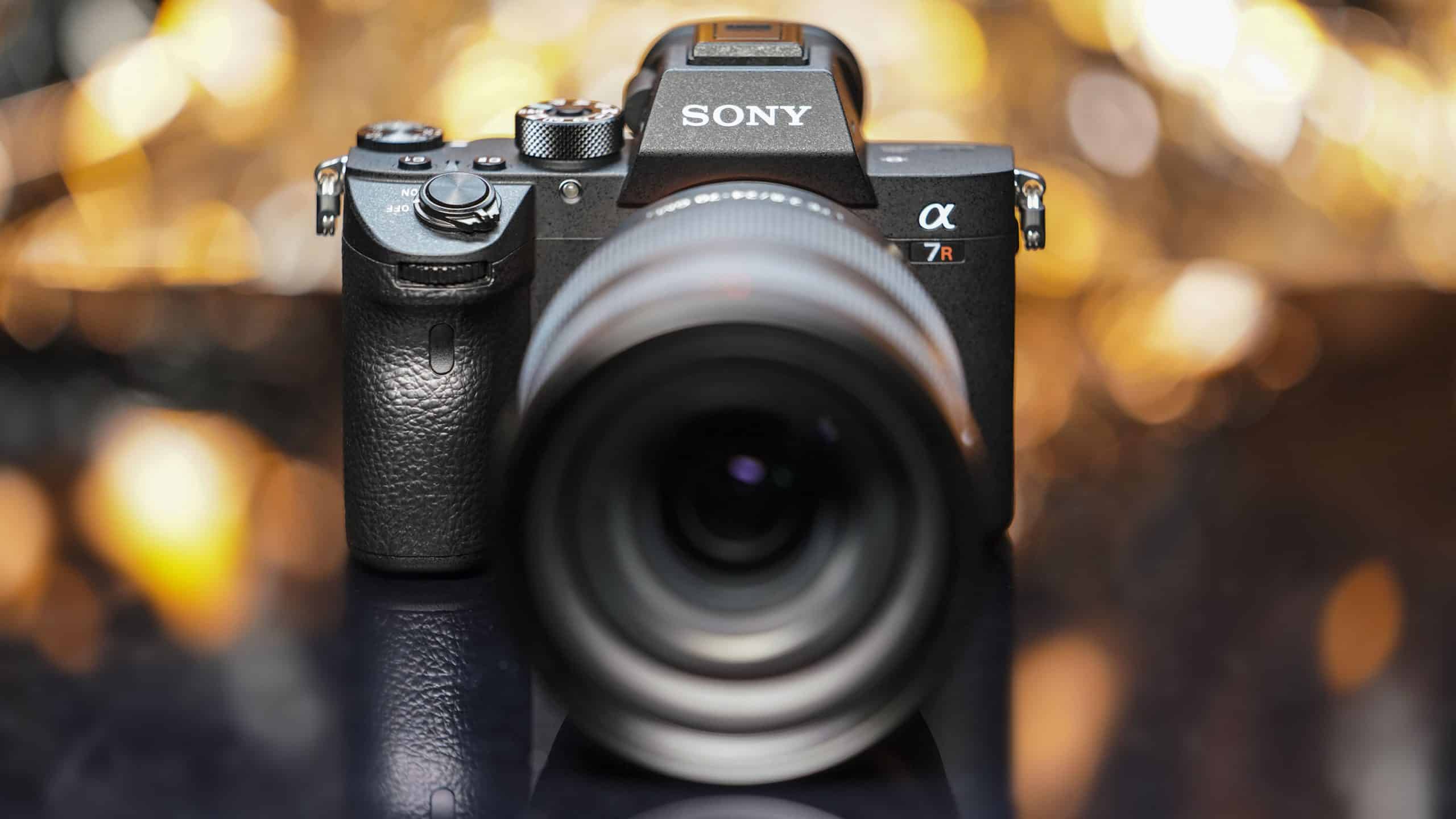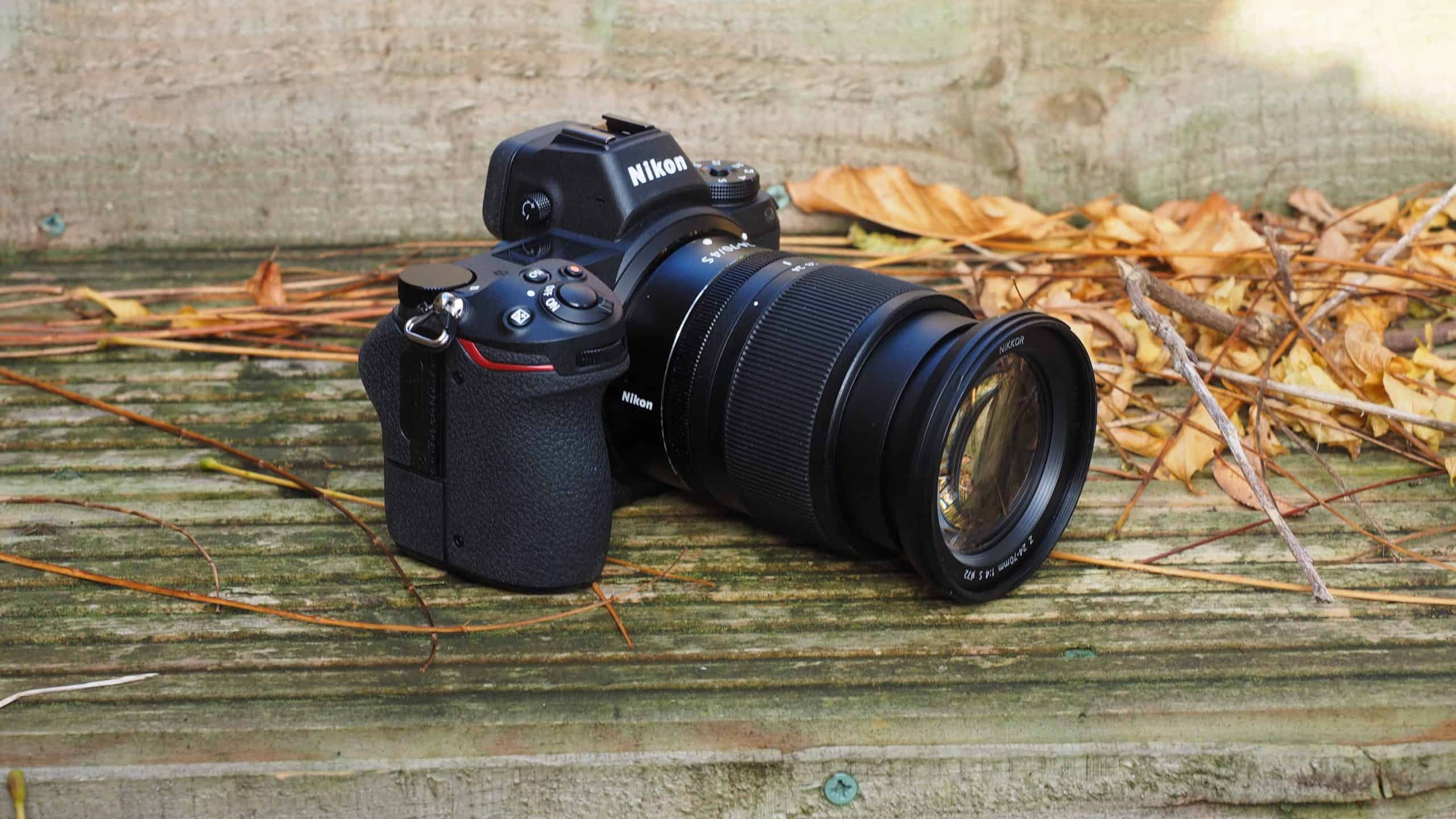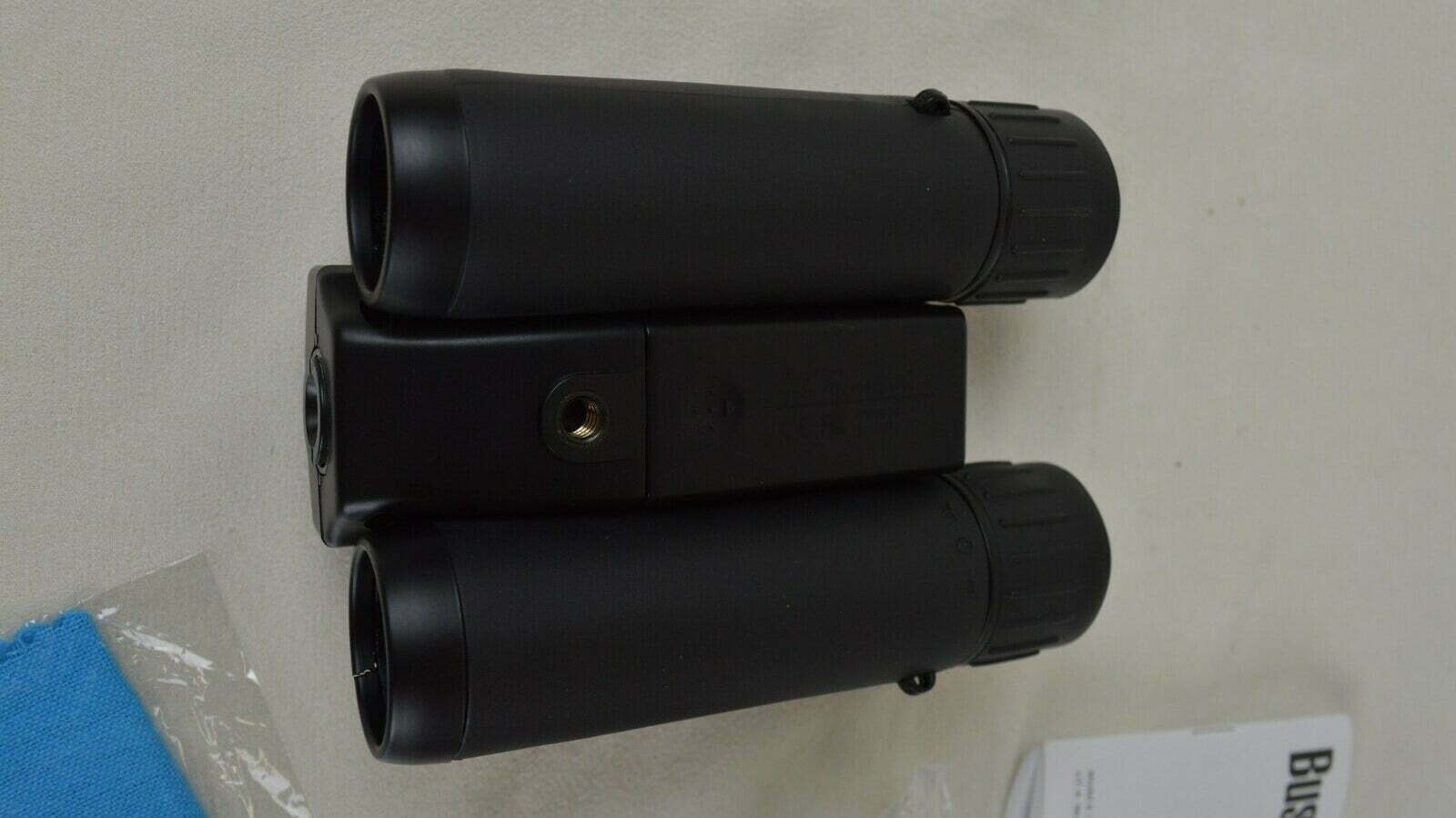If you are really digging into the features of a digital camera, you may be wondering how to perform some of the tricks professional photographers tend to rely on. One such trick is called a multi-exposure. How do you take a double exposure with a top-rated digital camera? Keep reading to find out.
KEY TAKEAWAYS:
- Taking a double exposure is one of the most venerable techniques in photography and dates back to film cameras.
- When it comes to digital cameras, make sure your camera features an exposure settings menu of some kind.
- Start by taking the base layer of the exposure and follow it up with additional photos for creative effect.
What is a Double Exposure?
A double exposure is a photography method that involves superimposing a single image on top of another image for aesthetic effect. It has long been a preferred stylistic method for a wide range of professional shutterbugs. Though popularized with film cameras, a double exposure image can be achieved using a digital camera.
Insider Tip
A double exposure is a photography method that involves superimposing a single image on top of another image for aesthetic effect.
Why Take a Double Exposure Photo?
Because it looks cool and shows a mastery of the medium over what can typically be found with a standard single photo. It is one of the most popular creative techniques in the world of photography. It is first recommended that you know how to stop motion blur on a digital camera if you wish to create excellent pics.
How to Take a Double Exposure with a Digital Camera
The methods may vary depending on the make and model of your camera, but here are general steps to take to create a successful double exposure image.
Insider Tip
Your first step should be to head into the shooting menu of your camera and find the exposure mode.
Engage the Multiple Exposure Mode
Most DSLR mirrorless cameras, including the Canon EOS, will include a multiple exposure mode for the purpose of creating double exposures. Your first step should be to head into the shooting menu of your camera and find the exposure mode. This blending mode should allow you access to a full range of exposure functions. Many cameras handle the idea of multiple exposures differently, so be sure to read up on the instructions before attempting to make a double exposure.
Shoot Multiple Layers
Once you have engaged the camera’s exposure mode, it will typically ask you to shoot multiple photos which the camera will separate into different layers of the exposure. This should be a simple matter of taking one photo at a time and allowing the camera’s software to do its thing. The first photo will typically be the base layer, so something with a white background could be a good idea. **Some cameras may allow you to choose photos from the memory card to make a double exposure, so you may be able to use a photo you have already taken. **
Get Creative
There are no rules when it comes to double exposures so feel free to experiment with different backgrounds and subjects. A darker background could be nifty, for instance, when it comes to base images. You can also find out how to take black & white photos with digital camera if you want more creative pictures.
Warning
Many cameras handle the idea of multiple exposures differently, so be sure to read up on the instructions before attempting to make a double exposure.
F.A.Q.
How to create a double exposure with film?
It is actually rather simple to take a double exposure on film. All you have to do is take two photos on the same section of film. This can be done via numerous methods depending on the camera you are using. For instance, you can rewind a manual camera to force it to use the same film section to create an exposure.
What are some double exposure ideas?
The sky is the limit here. White background with a black foreground could always be interesting, as could mixing and matching contrasting subject matters. Cities and forests are a good example.
Which photo should be on top?
This is will be up to personal preference. The top layer of the exposure will be impacted by all of the layers beneath it, so choose wisely.
STAT: Some of the most famous double exposure photographs consist of the Magritte portrait series, taken by Duane Michals in 1965. (source)

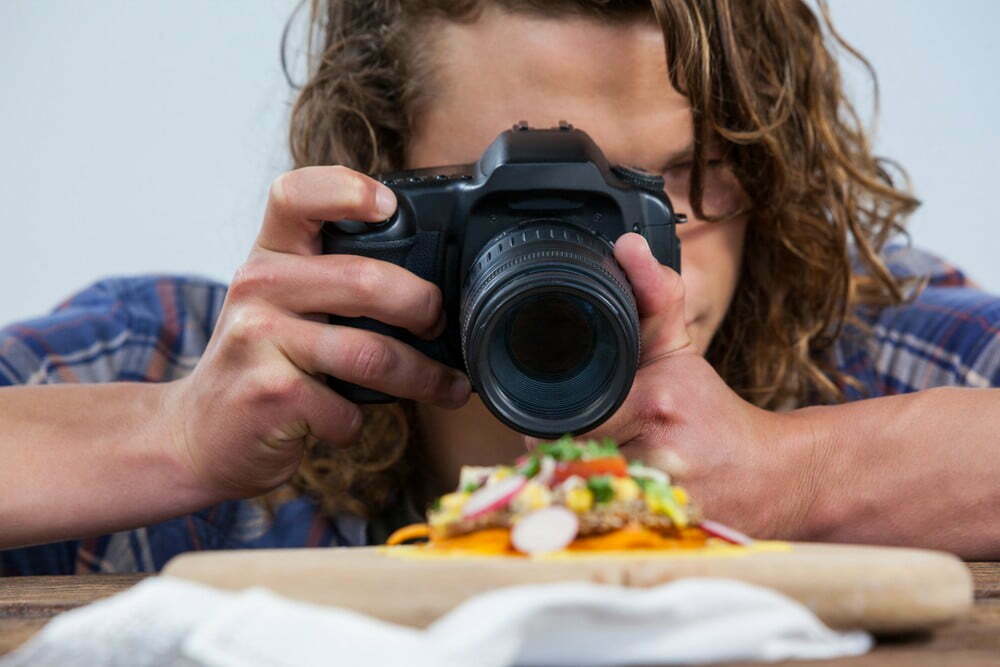



















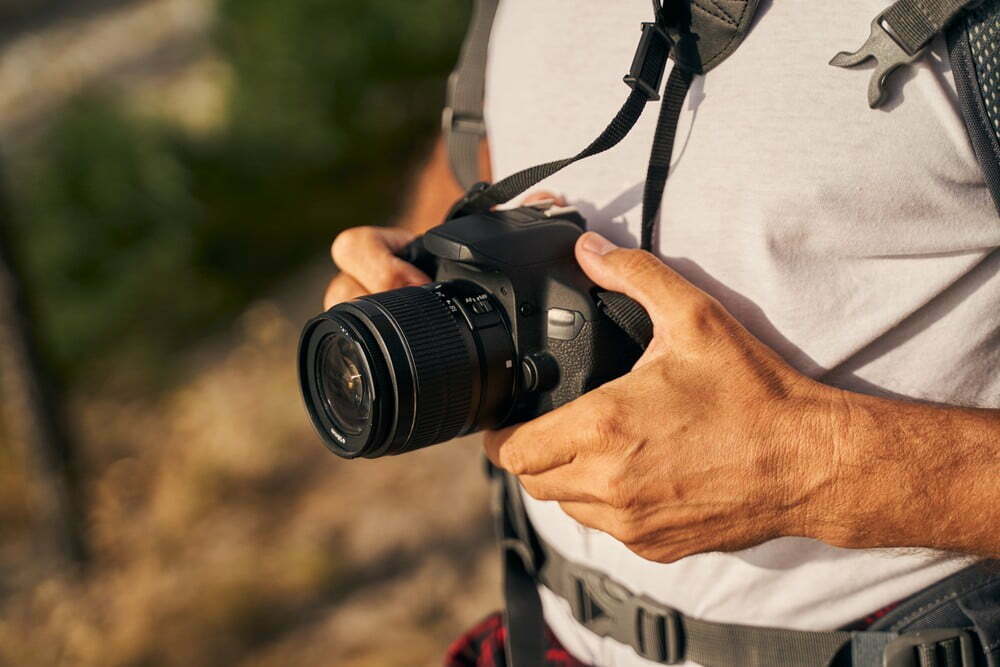
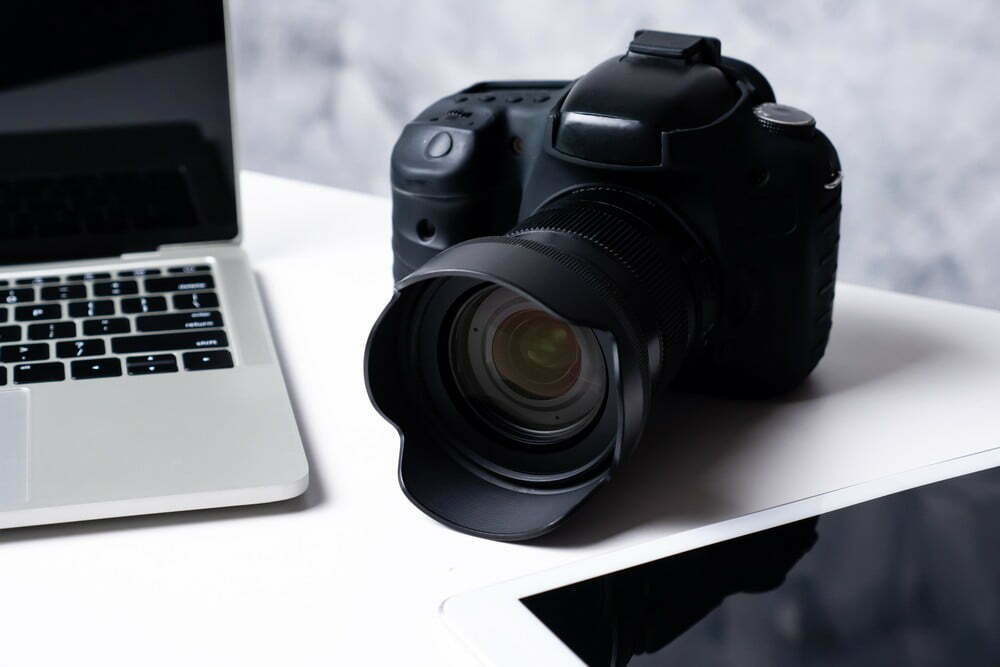
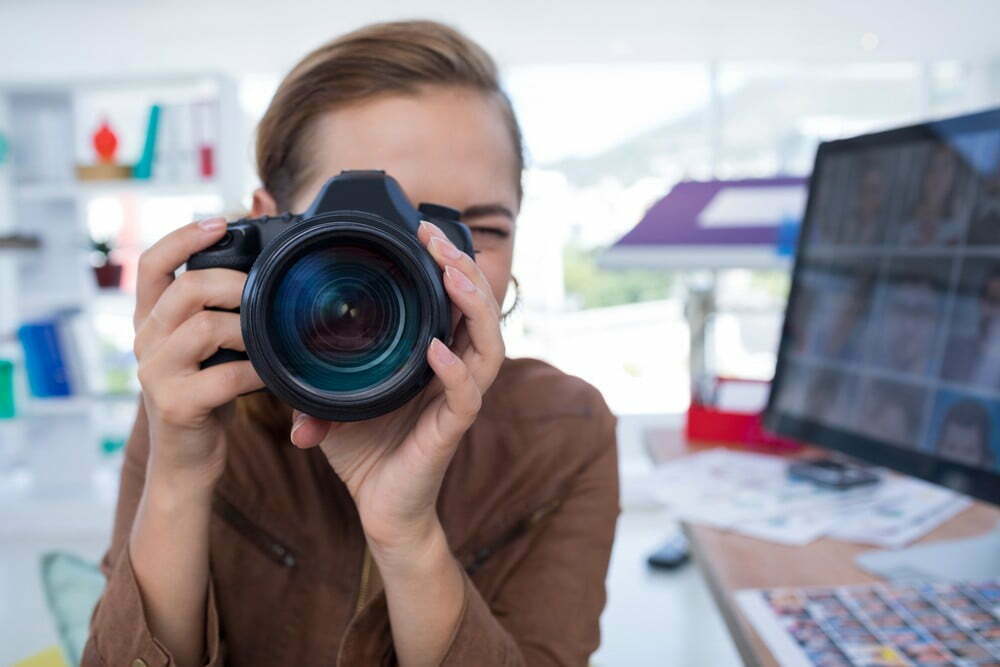
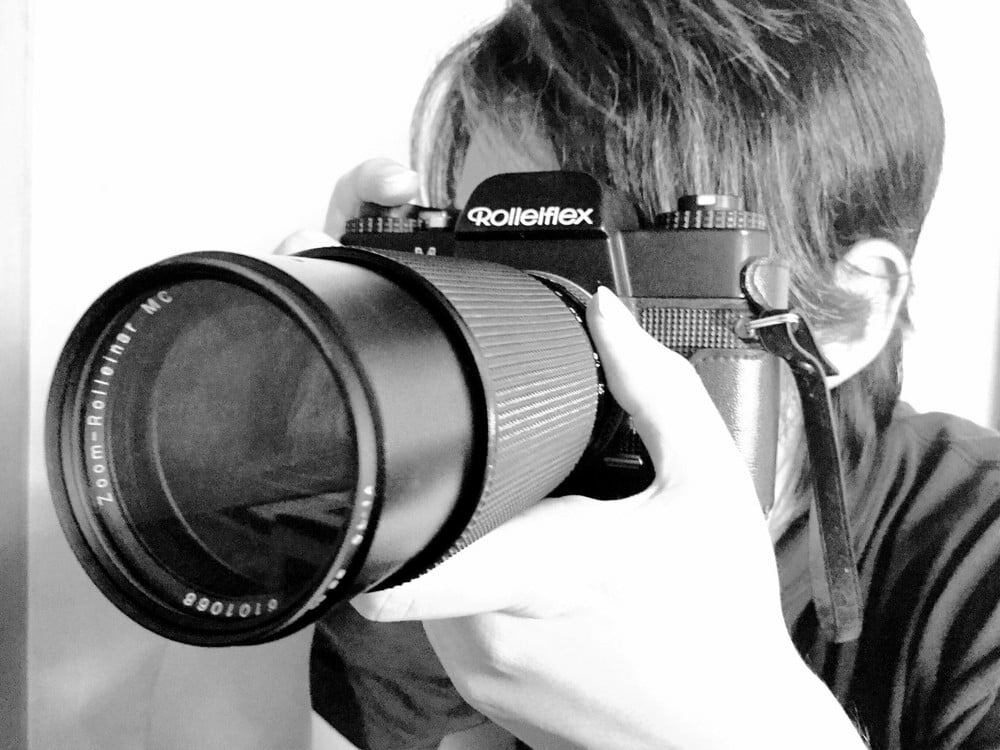
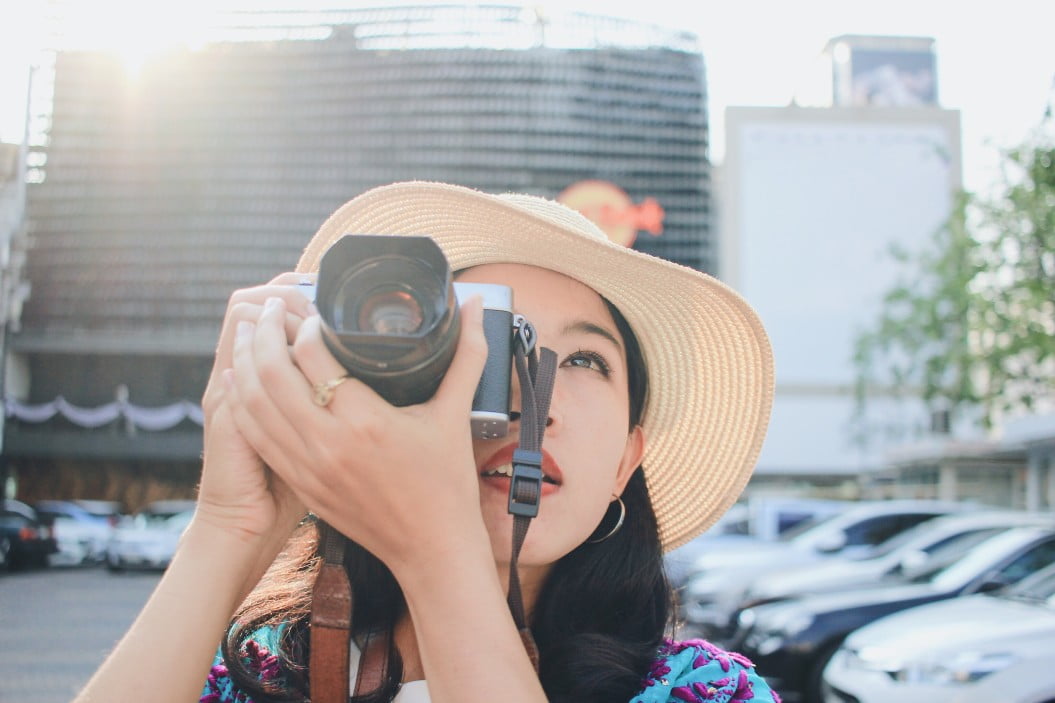
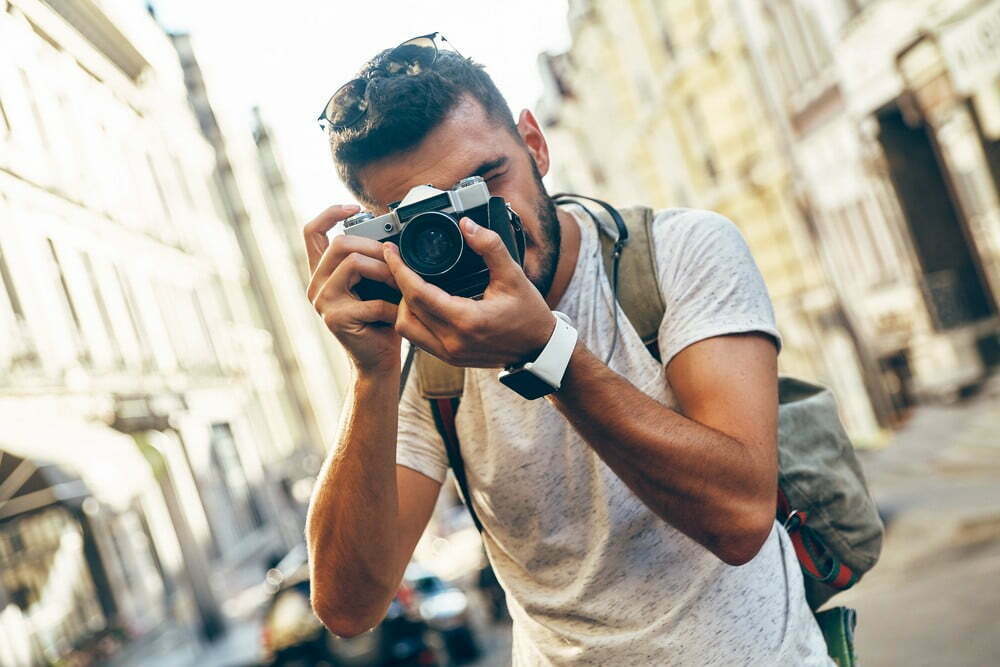
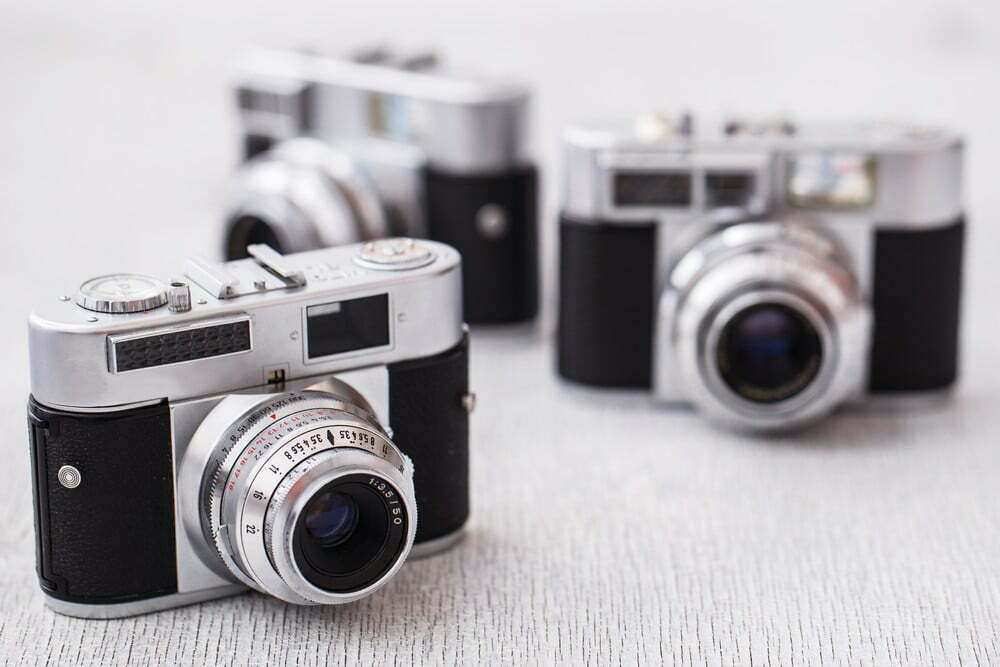
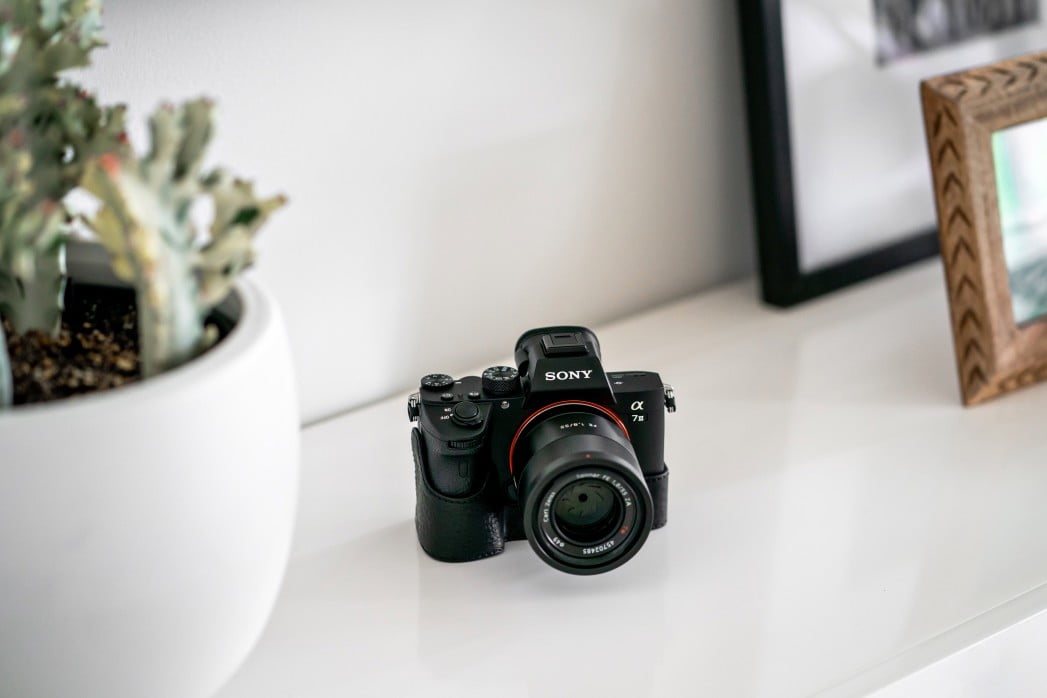
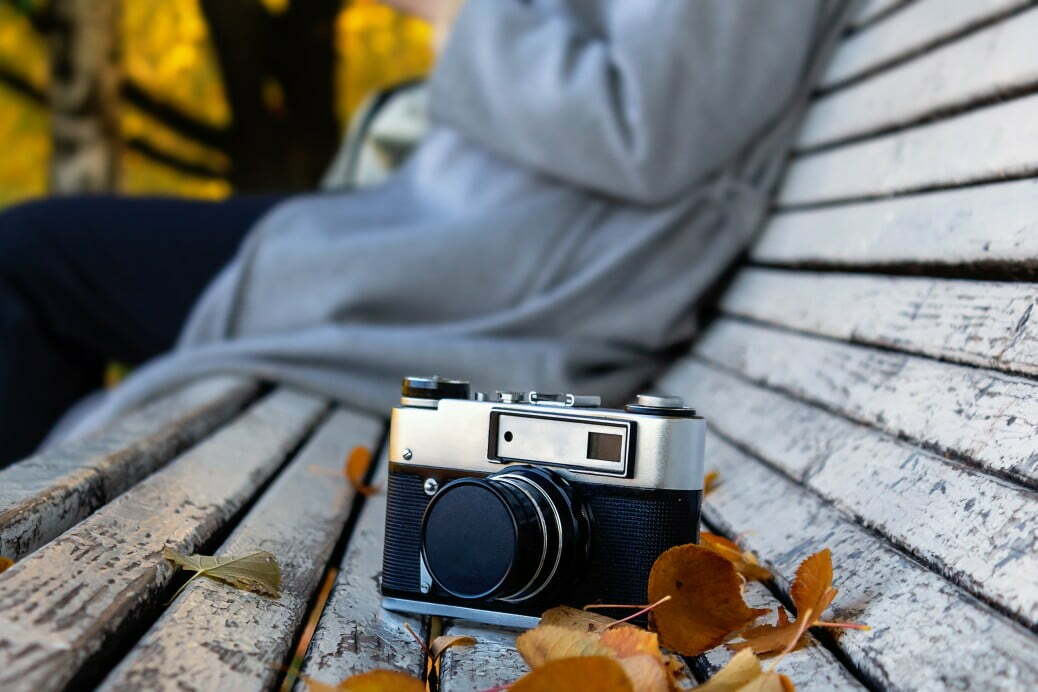
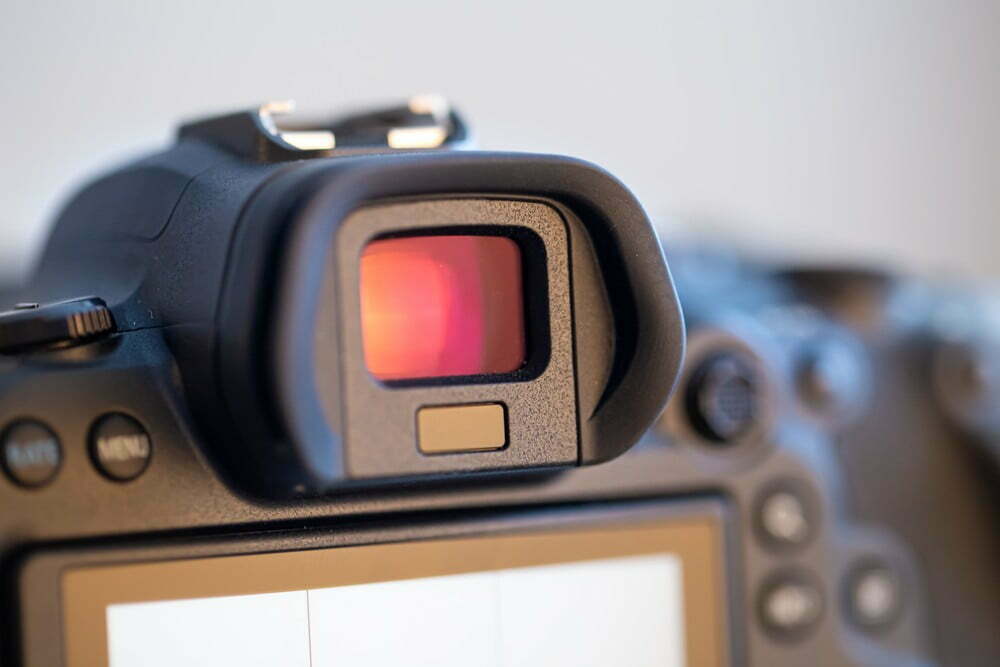
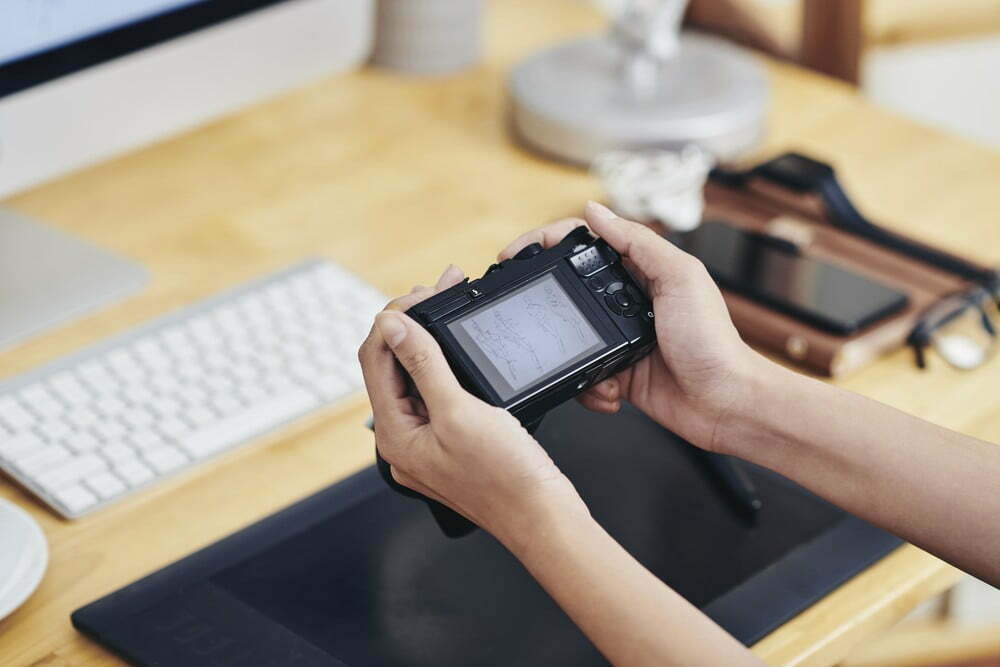
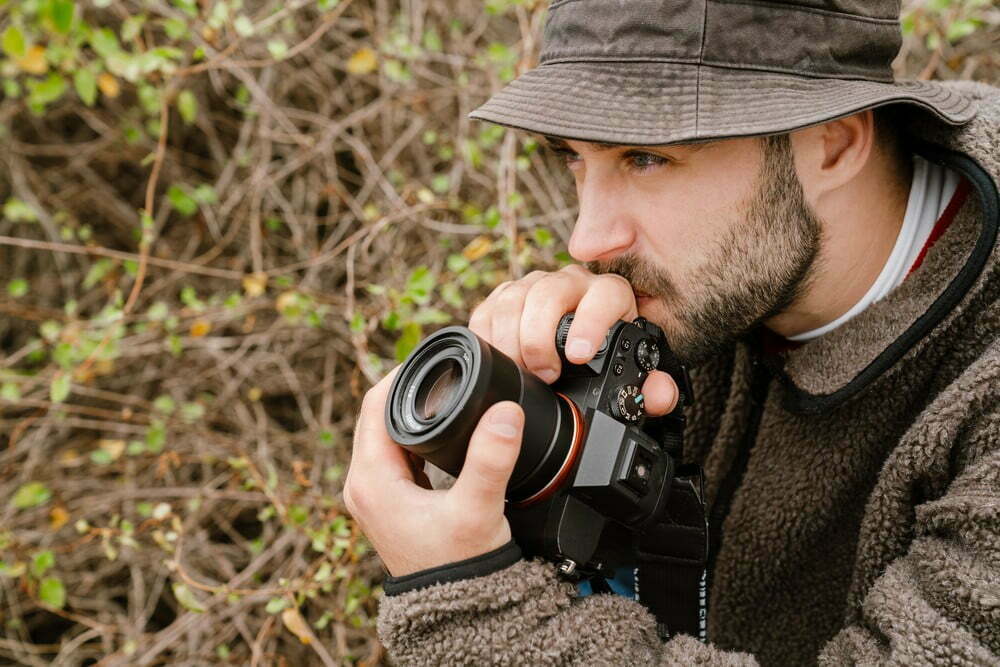
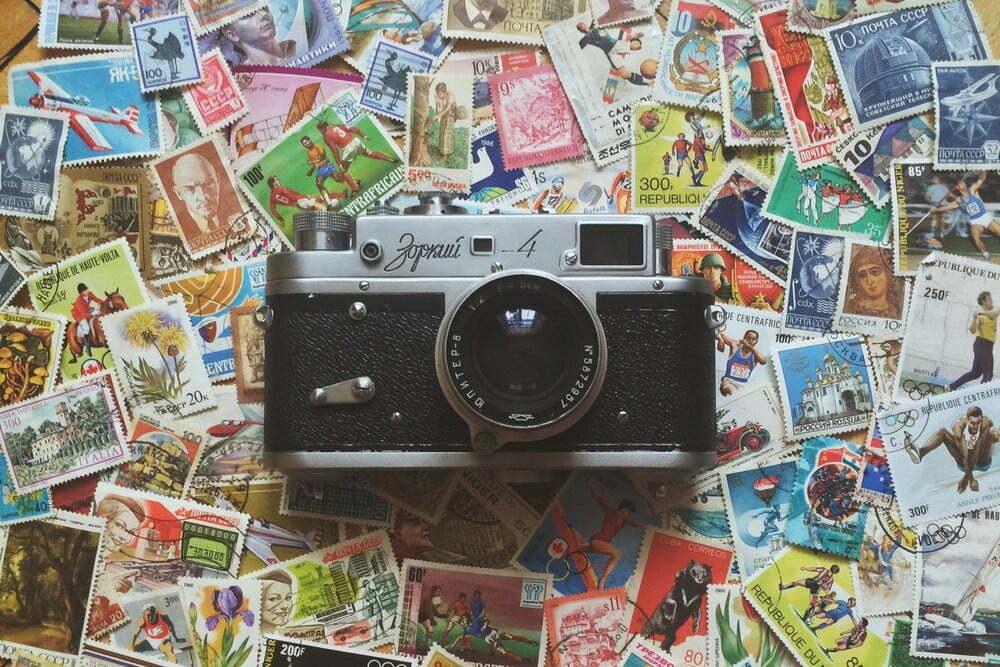
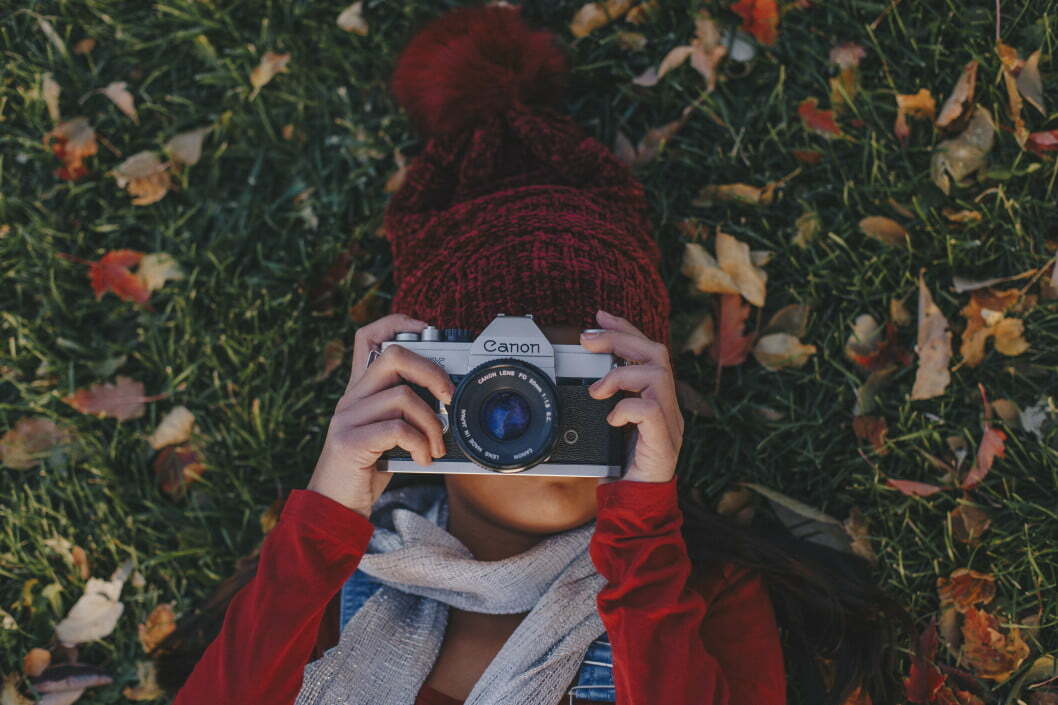
![Best Point and Shoot Camera in [year] ([month] Reviews) 27 Best Point and Shoot Camera in 2025 (October Reviews)](https://www.gadgetreview.dev/wp-content/uploads/Nikon-Coolpix-B500.jpg)
![Best Underwater Camera in [year] ([month] Reviews) 28 Best Underwater Camera in 2025 (October Reviews)](https://www.gadgetreview.dev/wp-content/uploads/best-underwater-camera-image.jpg)
![Best Digital Cameras in [year] ([month] Reviews) 29 Best Digital Cameras in 2025 (October Reviews)](https://www.gadgetreview.dev/wp-content/uploads/what-is-resolution-on-digital-camera-1.jpg)
![Best Digital Camera Docking Stations in [year] 30 Best Digital Camera Docking Stations in 2025](https://www.gadgetreview.dev/wp-content/uploads/best-digital-camera-docking-stations-image.jpg)
![Best Vlogging Camera in [year] ([month] Reviews) 31 Best Vlogging Camera in 2025 (October Reviews)](https://www.gadgetreview.dev/wp-content/uploads/best-vlogging-camera-image.jpg)
![Best Mirrorless Camera in [year] ([month] Reviews) 32 Best Mirrorless Camera in 2025 (October Reviews)](https://www.gadgetreview.dev/wp-content/uploads/best-mirrorless-camera-image.jpg)
![Best GoPro in [year] ([month] Reviews) 33 Best GoPro in 2025 (October Reviews)](https://www.gadgetreview.dev/wp-content/uploads/best-gopro-image.jpg)
![Best Canon Digital Cameras in [year] 34 Best Canon Digital Cameras in 2025](https://www.gadgetreview.dev/wp-content/uploads/best-canon-digital-cameras-image.jpg)
![Best Digital Camera Tripods in [year] 35 Best Digital Camera Tripods in 2025](https://www.gadgetreview.dev/wp-content/uploads/best-digital-camera-tripods-image.jpg)
![Best Polaroid Digital Cameras in [year] 36 Best Polaroid Digital Cameras in 2025](https://www.gadgetreview.dev/wp-content/uploads/best-polaroid-digital-cameras-image.jpg)
![Best Small Digital Camera Cases in [year] 37 Best Small Digital Camera Cases in 2025](https://www.gadgetreview.dev/wp-content/uploads/best-small-digital-camera-case-image.jpg)
![Best Digital Camera USB Cables in [year] 38 Best Digital Camera USB Cables in 2025](https://www.gadgetreview.dev/wp-content/uploads/best-digital-camera-usb-cable-image.jpg)
![Best Digital Camera Bags in [year] 39 Best Digital Camera Bags in 2025](https://www.gadgetreview.dev/wp-content/uploads/best-digital-camera-bag-image.jpg)
![Best Sony Digital Cameras in [year] 40 Best Sony Digital Cameras in 2025](https://www.gadgetreview.dev/wp-content/uploads/best-sony-digital-cameras-image.jpg)
![Best Digital Camera Accessories in [year] 41 Best Digital Camera Accessories in 2025](https://www.gadgetreview.dev/wp-content/uploads/best-digital-camera-accessories-image.jpg)
![Best Kodak Digital Cameras in [year] 42 Best Kodak Digital Cameras in 2025](https://www.gadgetreview.dev/wp-content/uploads/best-kodak-digital-cameras-images.jpg)
![Best Panasonic Digital Cameras in [year] 43 Best Panasonic Digital Cameras in 2025](https://www.gadgetreview.dev/wp-content/uploads/best-panasonic-digital-cameras-image.jpg)
![Best Video Cameras in [year] ([month] Reviews) 44 Best Video Cameras in 2025 (October Reviews)](https://www.gadgetreview.dev/wp-content/uploads/best-video-cameras-image.jpg)
![Best Compact Cameras in [year] 45 Best Compact Cameras in 2025](https://www.gadgetreview.dev/wp-content/uploads/best-compact-camera-image.jpg)
![Best Digital Cameras with Wifi in [year] 46 Best Digital Cameras with Wifi in 2025](https://www.gadgetreview.dev/wp-content/uploads/best-digital-camera-with-wifi-image.jpg)











